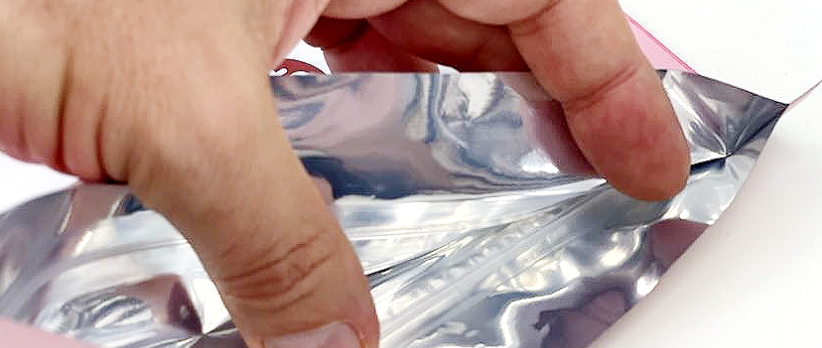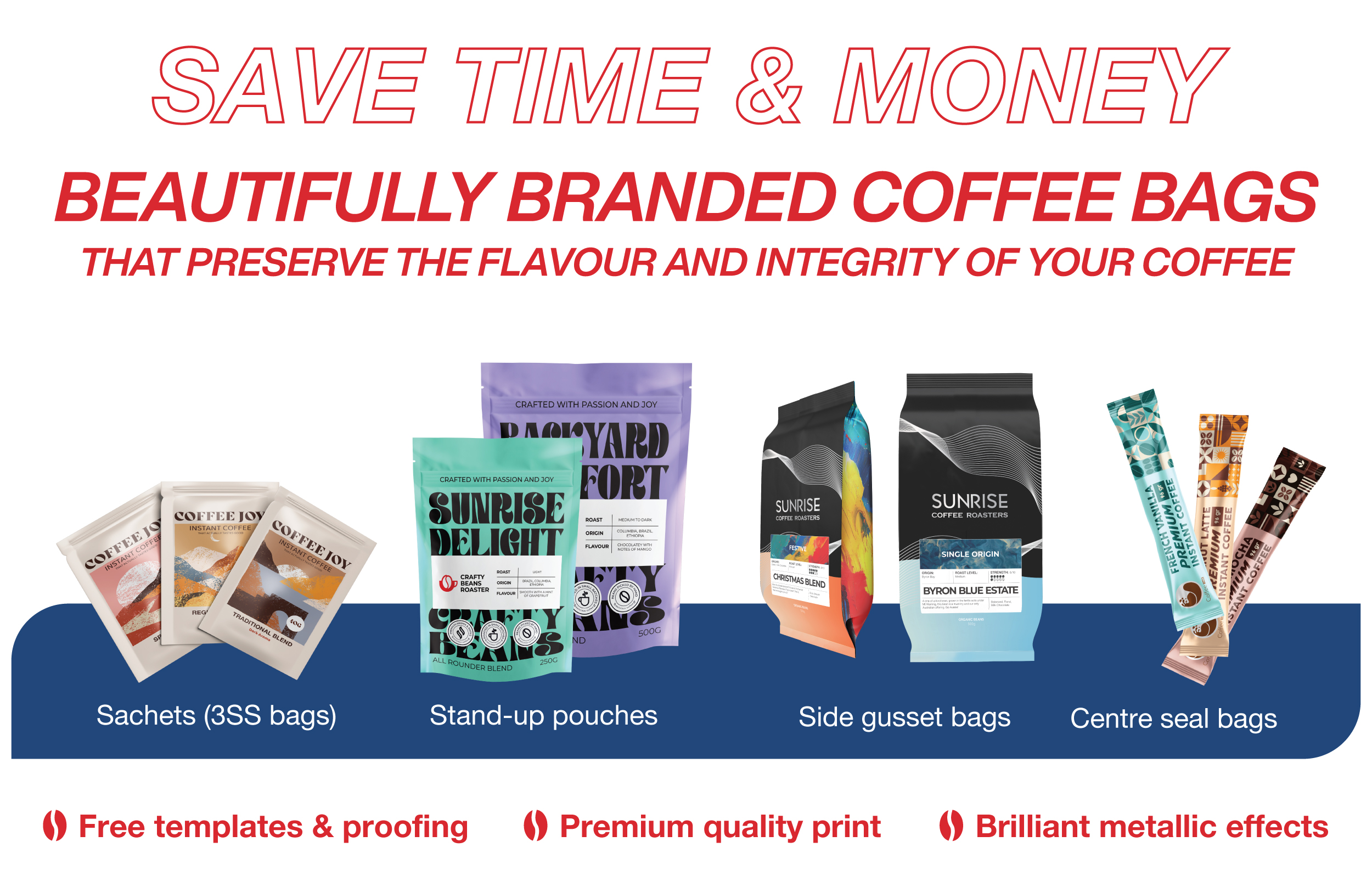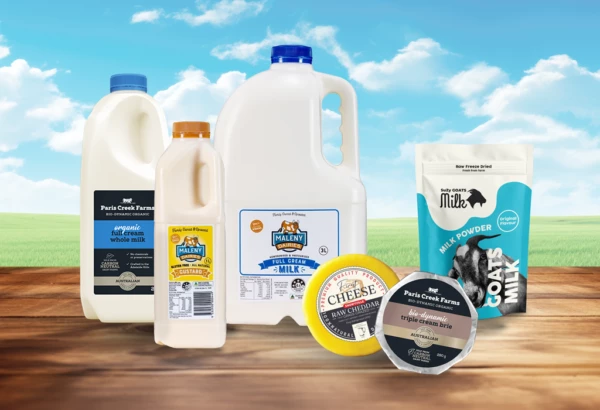Have the Best Coffee Beans? How to Keep the Freshness while Delivering the Product to Your Customer
People love fresh coffee for its rich flavour and aroma, hence the need for coffee roasters to prioritise freshness. Proper packaging often plays a critical role in preserving coffee freshness. The best packaging prevents oxygen exposure, which is one of the key factors that degrades coffee beans and affects their taste. With the right packaging solution, coffee roasters can ensure that their customers enjoy the full-bodied experience of fresh coffee, from the very first cup to the very last.
What Affects Coffee Freshness?
Every coffee lover can tell the taste of fresh coffee from one lacking texture and flavour. But what exactly causes coffee to lose its aroma and taste? Here are the main enemies of coffee
- Exposure to Air : When coffee beans or grounds are exposed to air, they oxidise, losing their vibrant flavours. Packaging that keeps the air out, such as those with a degassing valve or vapour barrier, can help slow this process.
- Light Exposure: Direct light is known to break down the essential oils in coffee, which are responsible for its rich taste. Over time, light can make coffee taste flat and dull. A packaging solution with opaque or UV-resistant barriers protects these delicate oils.
- Temperature Fluctuations: High temperatures speed up the ageing process of coffee beans, causing them to lose their complexity. Extreme heat can also dry out the beans, leading to a less-satisfying brew. Keeping coffee in cool and stable conditions using protective packaging can help retain its freshness.
- Moisture Levels: Moisture is perhaps coffee’s worst enemy, as it can lead to mould growth and spoilage. Since coffee beans are porous, they can easily absorb atmospheric moisture, eventually resulting in mould growth. This explains why packaging with vapour barriers is used to keep coffee dry and fresh for longer.
Packaging Technologies That Preserve Coffee Freshness
Having discussed what causes coffee to lose its rich taste and aroma, let us look at the various packaging technologies you can implement to ensure fresh and quality products exit your warehouse to the distributor or store and finally to the end consumer.
Packaging Methods that Preserve Coffee Freshness:
When it comes to coffee packaging, there are three main packaging technologies that offer the best results as far as preserving freshness and quality are concerned. These include:
- Vapour Barrier:
A vapour barrier plays a vital role in preserving coffee’s flavour and aroma by preventing moisture, oxygen, and odours from entering or escaping. High-barrier bags are commonly used for coffee packaging due to their superior protection against external elements. These bags inhibit oxygen transmission, critical to slowing down the oxidation process that causes staleness. Additionally, the barrier provides excellent moisture control, ensuring that the beans or grounds stay dry and maintain their original flavour profile.
The bag’s permeability affects how well it can maintain the coffee’s freshness, with lower oxygen transmission rates offering better preservation. To ensure optimal performance, vapour barriers also undergo various testing, including assessments of water vapour and carbon dioxide transmission rates.

- Degassing Valve:
A degassing valve is essential in modern coffee packaging, especially for freshly roasted coffee. After roasting, coffee beans emit carbon dioxide (CO₂), which, if trapped, can cause packaging to bloat or even burst. The one-way degassing valve allows CO₂ to escape without letting oxygen in, which helps maintain the package’s shape while protecting the coffee from oxidation. This technology is vital for ground and whole-bean coffee, as it ensures freshness is preserved, even weeks after packaging.

- Rip Zipper & Quality Materials:
Rip zippers are designed for ease of use, offering consumers a simple way to open coffee packaging while maintaining the product’s neat appearance. Often used in box-bottom bags or stand-up pouches, rip zippers are both functional and aesthetic.
Additionally, the quality of packaging materials matters just as much as the design. High-quality, durable materials keep the coffee secure and ensure its packaging can withstand handling throughout the supply chain.

Packaging Materials on Coffee Freshness:
Different materials impact coffee freshness in various ways. Metal packaging blocks light and air, making it highly effective for long-term preservation. However, it can be more expensive.
On the other hand, plastic packaging, though less protective, is more cost-effective and still offers decent protection when paired with vapour barriers. Most of these bags are often lined with foil since they are durable and provide an excellent barrier against air, moisture and light.
Environmentally conscious coffee roasters may also choose biodegradable packaging, which can be customised to meet their unique packaging needs.
Choose the Best Packaging for Maximum Freshness:
Before choosing a packaging solution, it is crucial to note that different coffee types need tailored packaging solutions. Ground coffee may work well with foil-lined, vapour-barrier bags, while whole beans benefit best from degassing valves. For frequent use, resealable packaging helps maintain coffee freshness after opening.
Choose Your Best QLM’s Coffee Packaging Solutions
Now that you know how packaging affects coffee freshness, you want to choose an eco-friendly, flexible packaging solution that will preserve your coffee’s freshness while enhancing the brand’s appeal.

At QLM Group, we provide a wide range of flexible packaging options, from stand-up pouches, sachets, and centre-seal bags to box bottom and side gusset bags. We also offer personalised printing, including blank, digital, thermal, premium, and barcode labels. If you choose to, we can also add embellishments like die-cut shapes, foil labels, and embossed finishes that can add a touch of elegance to your packaging. Reach out to us today for bespoke packaging that stands out!















